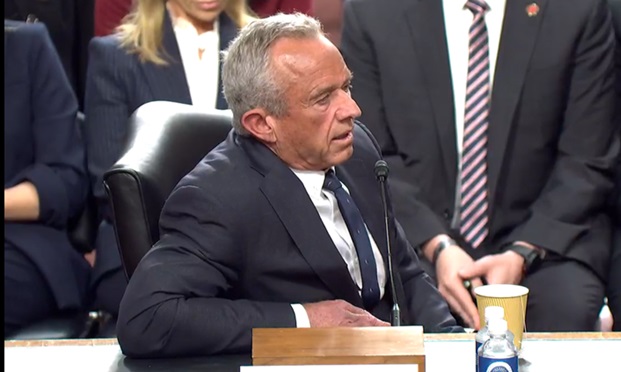Reactions are mixed about the implications – and any possible political fallout – of President Trump’s announcement last week that the administration would end the Affordable Care Act’s cost-sharing reduction payments to insurers, as well as his executive order to ease restrictions on what types of health plans insurers can offer on the exchanges.
Scott Behrens, vice president, ERISA compliance attorney at Lockton Compliance Services, writes that ending the CSR payments could further destabilize the individual health insurance market, “though it might also inject additional urgency in Congress to develop and pass legislation that creates long term stability.”
“The announcement explains that the administration believes continuing CSRs without an express authorization from Congress is unconstitutional,” Behrens writes. “In other words, the Trump Administration is telling Congress ‘the ball is in your court.’”
Democrats in Congress might have more leverage in any deal that shores up the markets, he writes, since polls show that the majority of Americans might blame Republicans if Trump’s orders exacerbate the ACA’s problems. If a bipartisan solution to stabilize the individual market cannot be reached, pressure may build for Republicans to support the latest repeal-and-replace proposal by Senators Lindsey Graham (R-SC) and Bill Cassidy (R-LA).
The GOP will have to do something to protect its support base -- people in the states that went for Trump over Democrat Hillary Clinton in the election might be harmed the most from his executive orders, according to an Associated Press article posted on ABC News. Nearly 70 percent of those benefiting from the so-called cost-sharing subsidies live in states Trump won last November.
“The number underscores the political risk for Trump and his party, which could end up owning the blame for increased costs and chaos in the insurance marketplace,” AP writes.
However, some Republicans are confident that voters will welcome shaking up the system in an effort to find better solutions. “We cannot continue the status quo,” Rep. Mark Walker (R., N.C.) tells the AP.
The Wall Street Journal also writes that Trump’s actions are seen by some as a negotiating tactic to pressure Republicans and Democrats to reach a deal, citing the president’s comment on Friday: “If the Democratic leaders could come over to the White House ... we’ll negotiate some deal that’s good for everybody.”
Republicans are split over funding the CSRs payments, but enough might join Democrats to pass a bipartisan deal in the works to guarantee the insurer payments, people familiar with the talks tell the WSJ. The deal, led by Sens. Lamar Alexander (R., Tenn.) and Patty Murray (D., Wash.), would authorize the payments Mr. Trump is ending, while also providing states some flexibility under the ACA.
Meanwhile, Forbes contributor Sally Pipes writes that “patients and employers should celebrate” Trump’s executive order to ease regulations on the types of plans that insurers can offer on the exchanges.
“The administration is taking action where Congress could not to increase the number of health insurance choices available to Americans -- and to reduce their cost,” Pipes writes.
The order allows for three key changes to ACA regulations, she writes. First, it aims to expand access to association health plans, or AHPs, enabling small, “like-minded” employers to join forces to purchase a large-group insurance policy together.
Such plans aren’t required to cover all of the “essential health benefits,” such as mental health services or substance abuse treatment – which can be less expensive if offered outside of health plans, Pipes writes. Small businesses would likely craft plans with lower premiums and deductibles, and employees could access the additional services via other ways at a more affordable cost.
Small businesses that form AHPs also expand their bargaining power with insurers to obtain lower premiums or deductibles, she writes.
“And they’d be able to allow insurers to consider the aggregate health status of the workers in the association, in hopes of securing lower premiums than they might be able to get on the exchanges, where medical underwriting is prohibited,” Pipes writes.
Trump’s order also relaxes restrictions on low-cost short-term health insurance plans, which would “provide a legitimate low-cost option for those who are tired of paying ever-more for coverage through the exchanges,” she writes.
The third component of Trump’s order will likely to broaden the definition of qualified health care expenses to allow for funds in health reimbursement accounts to cover insurance premiums, which “could help scores of people who previously could not afford coverage pay for it, ” Pipes writes.
“Republicans have promised for the better part of eight years to expand access to low-cost coverage by repealing and replacing Obamacare,” she concludes. “President Trump’s executive order finally makes good on that promise, albeit to a small degree. There is still far more work to be done, but the president’s actions are a great step forward in moving past Obamacare's sorry health care legacy.”
© Touchpoint Markets, All Rights Reserved. Request academic re-use from www.copyright.com. All other uses, submit a request to [email protected]. For more inforrmation visit Asset & Logo Licensing.







